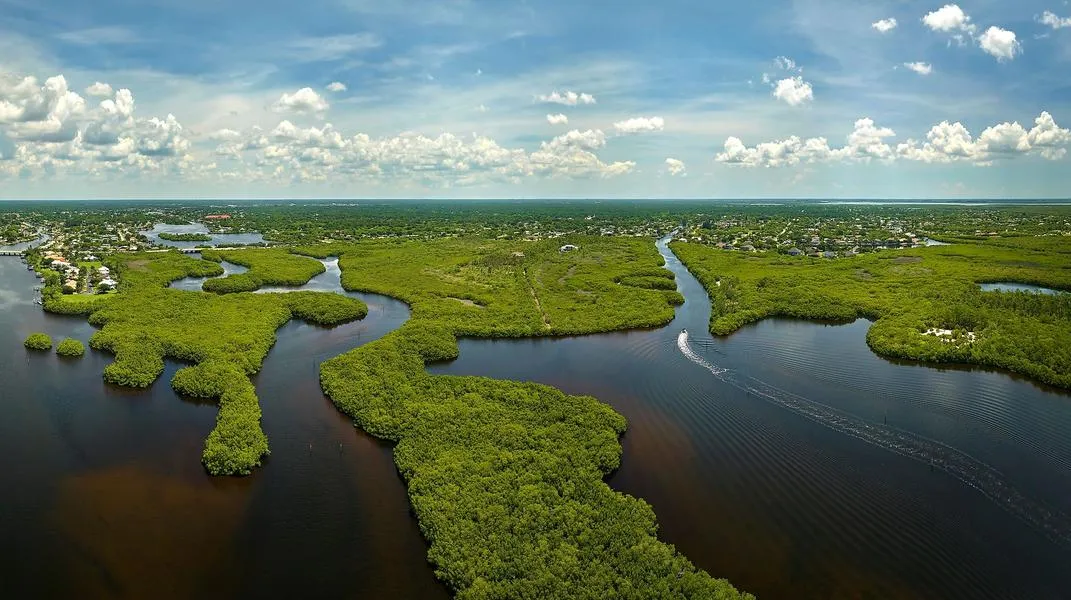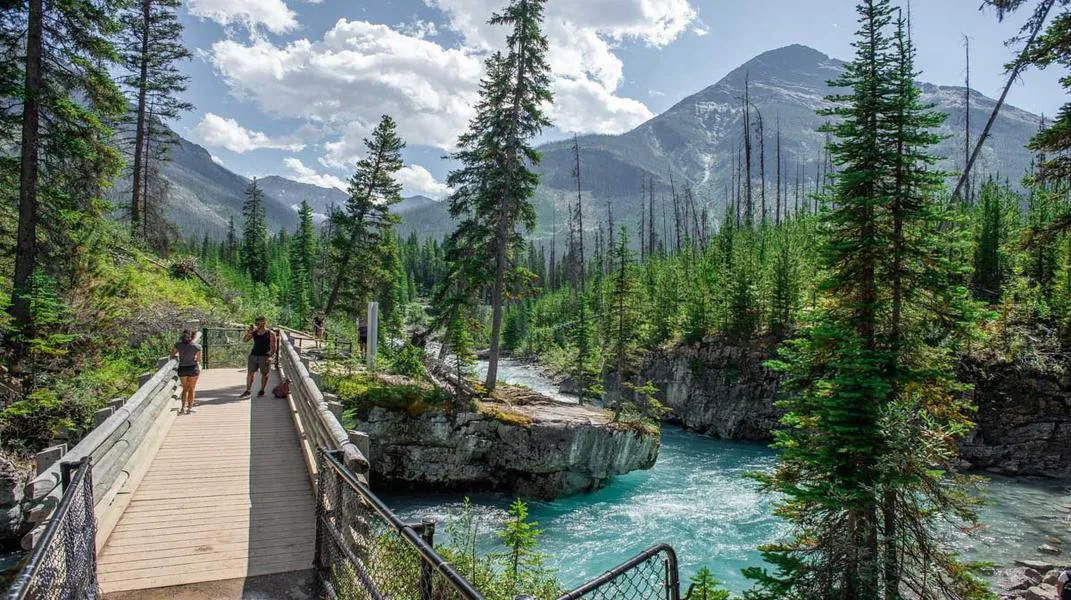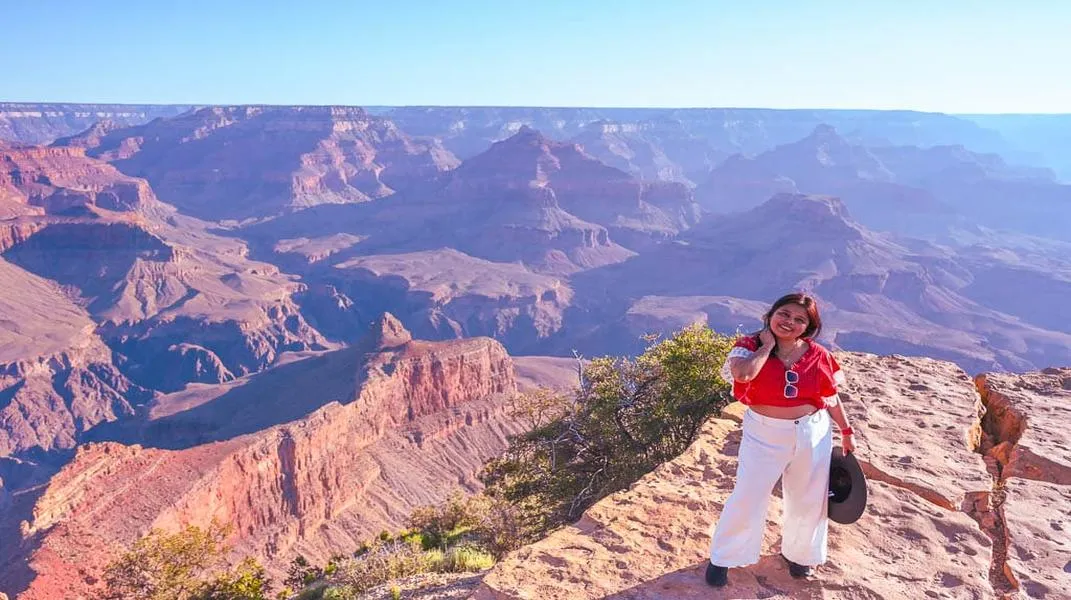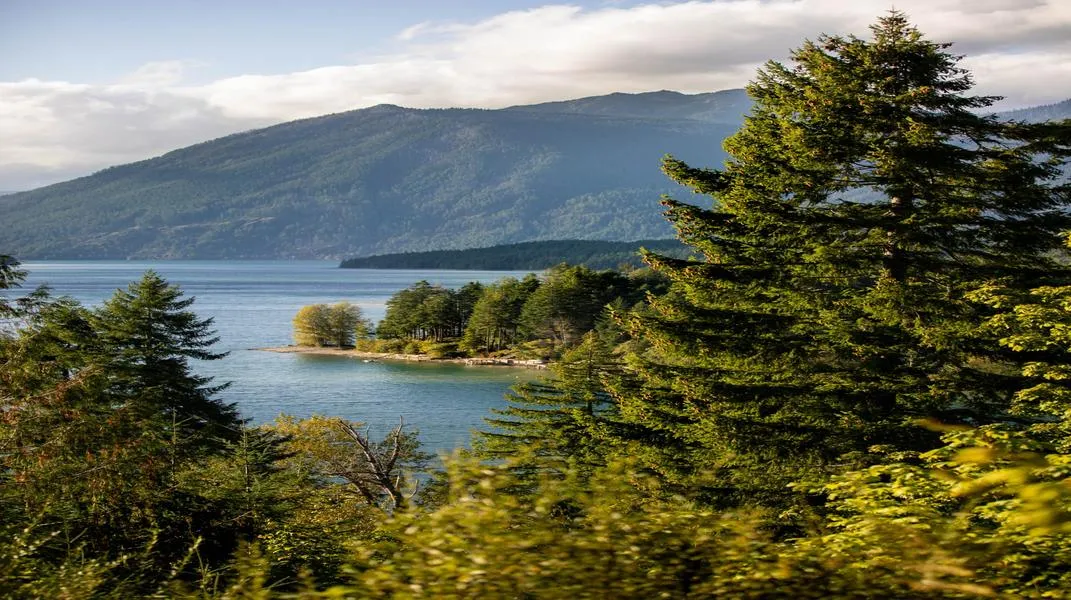Everglades National Park: A Natural Wonder
Nestled in the heart of South Florida, Everglades National Park is a UNESCO World Heritage Site and a designated International Biosphere Reserve. Spanning over

Overview of the Everglades Ecosystem
The Everglades is not just a single habitat but a complex web of ecosystems that includes several distinct environments. The park's unique hydrology is a significant factor in its diversity. The flow of water from Lake Okeechobee to Florida Bay creates an intricate system of freshwater and saltwater that supports an impressive variety of flora and fauna.
1. Wetlands and Swamps
The Everglades is primarily characterized by its wetlands, which include sawgrass marshes, sloughs, and cypress swamps. These areas provide critical habitats for many species, including the endangered American crocodile and the elusive Florida panther.
2. Mangroves
The coastal areas of the park feature extensive mangrove forests, which serve as nurseries for fish and crustaceans. These trees are uniquely adapted to thrive in saltwater and provide essential protection for the shoreline against erosion.
3. Pinelands and Uplands
The park also contains upland habitats, such as pine forests and hardwood swamps, which host different species of plants and animals, further adding to the area's biodiversity.
4. Freshwater and Saltwater Estuaries
The transition zones where freshwater meets saltwater are crucial for the life cycles of many species. These areas serve as migration routes for numerous birds and fish.
Wildlife in the Everglades
The Everglades is home to over 350 species of birds, more than 40 species of mammals, and 50 species of reptiles, making it a premier destination for wildlife enthusiasts. Some notable inhabitants include:
- American Alligator: Often seen basking in the sun or gliding through the waters, the American alligator is an iconic symbol of the Everglades.
- Florida Panther: This elusive and endangered subspecies of cougar is one of the most critically endangered mammals in North America, with an estimated population of fewer than 200.
- Manatees: These gentle giants can be spotted in the warmer waters of the park, particularly in the winter months.
- Birds: The Everglades is a birdwatcher's dream, featuring species like the roseate spoonbill, great egret, and the elusive snail kite.
- Invasive Species: The park also faces challenges from invasive species, such as Burmese pythons and Brazilian pepper trees, which threaten the delicate balance of the ecosystem.
Preparing for Your Visit
Visiting the Everglades is an adventure that requires some preparation. To ensure you have a safe and enjoyable experience, here’s a comprehensive guide to what you need to bring and consider before embarking on your journey.
1. Planning Your Trip
Best Time to Visit: The ideal time to visit the Everglades is during the dry season, from November to April. The weather is cooler, and wildlife is more active. The wet season can bring heavy rains, mosquitoes, and humidity.
Park Entrances: There are three main entrances to the park: Shark Valley, Everglades City, and Homestead. Each entrance offers unique experiences and access to different areas of the park.
Entry Fees: Entry to the park requires a fee, which can vary based on your vehicle type and duration of stay. Annual passes are available for frequent visitors.
2. What to Pack
Clothing: Dress in light, breathable fabrics that wick away moisture. Long sleeves and pants can help protect against mosquitoes and sun exposure. A wide-brimmed hat and sunglasses are also recommended.
Footwear: Sturdy, comfortable footwear is essential. Waterproof hiking boots or shoes are ideal, especially if you plan to explore the wetlands.
Insect Repellent: Mosquitoes can be quite aggressive, particularly during the summer months. A good quality insect repellent is a must.
Sunscreen: Protect your skin from the intense Florida sun. Opt for a water-resistant sunscreen with a high SPF.
Binoculars and Camera: The Everglades offers incredible wildlife viewing opportunities. Bring binoculars for birdwatching and a camera to capture the stunning landscapes.
Water and Snacks: Staying hydrated is crucial, especially in the heat. Bring plenty of water and snacks to keep your energy up during your adventures.
Maps and Guides: While cell service may be limited in some areas of the park, having a physical map or guide can help you navigate various trails and points of interest.
3. Choosing Your Activities
The Everglades offers a wide range of activities to suit different interests and abilities. Here are some popular options:
- Hiking: There are several trails within the park, ranging from easy walks to more challenging hikes. The Anhinga Trail and the Gumbo Limbo Trail are both accessible and offer excellent wildlife viewing opportunities.
- Canoeing and Kayaking: Exploring the waterways by canoe or kayak allows for a unique perspective of the ecosystem. Rentals are available in some areas, and guided tours are also an option.
- Biking: The Shark Valley area features a 15-mile paved loop that is perfect for biking. The flat terrain makes it suitable for cyclists of all skill levels.
- Wildlife Tours: Consider joining a guided boat or airboat tour to experience the park's wildlife up close. These tours offer insights into the ecosystem and are led by knowledgeable guides.
- Camping: For those looking to immerse themselves in the experience, camping is available at designated sites within the park. Reservations are recommended, especially during peak season.
- Ranger Programs: The park offers various ranger-led programs and educational talks throughout the year. These programs provide valuable information about the ecology and history of the Everglades.
4. Safety Tips
While the Everglades is a stunning paradise, it's essential to prioritize safety:
- Stay on Trails: To protect both yourself and the environment, stick to designated trails and boardwalks. Venturing off-path can disturb wildlife and damage delicate ecosystems.
- Watch for Wildlife: While encountering wildlife is part of the adventure, maintain a safe distance. Never approach or feed animals, as this can be dangerous for both you and the wildlife.
- Hydration and Sun Protection: Drink plenty of water, especially if you’re hiking or participating in outdoor activities. Take breaks in shaded areas to avoid heat exhaustion.
- Stay Aware of Weather Conditions: Florida weather can change rapidly. Be prepared for rain and storms, particularly during the wet season, and plan your activities accordingly.
Conclusion
Everglades National Park is a treasure trove of natural beauty and biodiversity. Its unique landscapes and rich wildlife offer a once-in-a-lifetime experience for visitors. Whether you're seeking adventure, education, or simply a peaceful escape into nature, the Everglades has something to offer everyone.
By preparing adequately for your visit, you can ensure a safe and enjoyable exploration of this incredible ecosystem. So pack your bags, lace up your boots, and get ready to immerse yourself in the wild beauty of the Everglades. This is a journey you won't soon forget, and the memories you create will stay with you long after you leave this remarkable national park.
This HTML code incorporates `` and `
` tags appropriately to structure the content for better readability and organization.
Related Posts

Exploring the Wonders of Khao Yai National Park: A Comprehensive Guide for Travelers

Discovering Kootenay National Park: A Natural Wonderland in British Columbia

Exploring the Majestic Grand Canyon National Park: A Guide for Visitors

